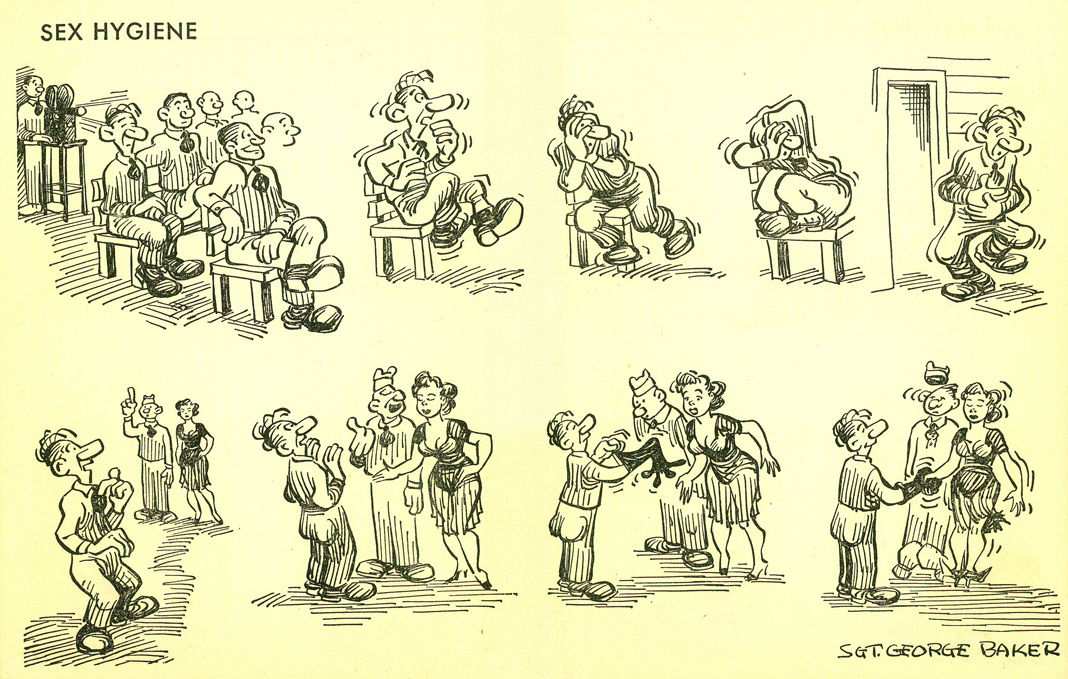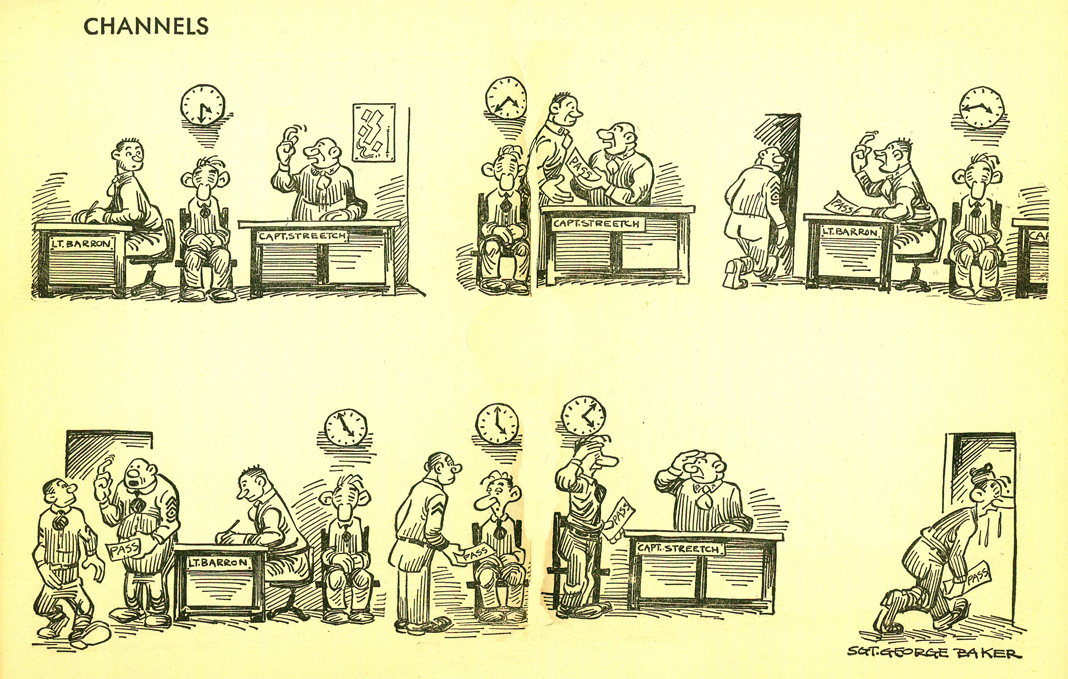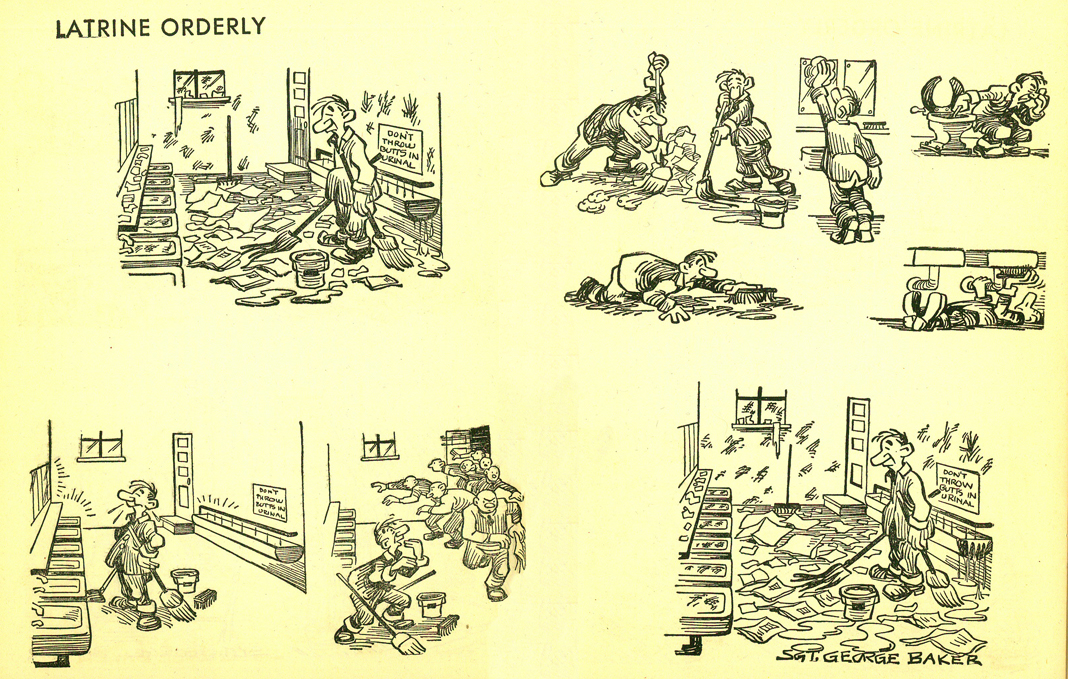I came across this narrative in an article by Ben Wieder that opens with the following:
Former British Prime Minister Tony Blair and U.S. Secretary of Education Arne Duncan were both on hand Monday morning to crown the school districts in Gwinnett County, Georgia, and Orange County, Florida, as the first dual winners of the Broad Prize for Urban Education. They will split the $1 million prize, which comes in the form of scholarships worth up to $20,000 for graduating seniors.Lots of things here to make a fellow cautious -- impressive claims about a fuzzy target coming from a well-financed advocacy group -- and if there's a field that demands heightened caution, it's education reform. Perhaps even more than Bill Gates, Broad is the money man most associated with the Taylorist agenda in the education reform movement. Wieder does mention this concern, but he doesn't dig.
The prize, described variously as the Nobel or the Oscar or the Pulitzer of the education reform movement and sponsored by billionaire Eli Broad and his wife, Edythe, aims to “regain the American public’s confidence in public schools by spotlighting districts making significant gains in student achievement.” Both districts were cited for above-average academic performance for low-income and minority students relative to other districts in their states.
Skeptics question whether the foundation’s choice is influenced more by districts’ alignment with its policy goals than by student performance. “The Broad operation is so inherently ideological,” said Gary Orfield a professor in the graduate school of education at UCLA.That "purposeful wall" quote is really troubling, particularly when you follow the link Wieder provides. As best I can make the process out, while the finalists appear to be selected through fairly standard academic metrics, getting the big prize seems to depend on meeting a set of standards that very closely line up with the foundation's reform movement agenda.
But Nancy Que, director of the prize, says a “purposeful wall” is maintained between the foundation’s “reform” agenda and the prize selection. Each year, a review board looks at academic markers for the 75 largest urban school districts, including performance on state tests, graduation rates, and participation and performance on the SAT, ACT and Advanced Placement exams to determine finalists. The winner is selected after site visits to all of the finalist districts, taking into account their leadership and governance policies.
A team of experienced researchers and practitioners led by RMC Research Corporation, an education consulting company, then conducts site visits to each finalist district to gather additional quantitative and qualitative data. District policies and practices affecting teaching and learning are qualitatively analyzed according to a rubric for evaluating the quality of district-wide policies and practices. The criteria are grounded in research-based school and district practices found to be effective in three key areas: teaching and learning, district leadership, and operations and support systems.The framework consists largely of reform dog-whistles like standards-based curriculum and rigorous evidence-based instruction (because we all know the importance of rigor). Other parts are arbitrary and raise some interesting questions.
Consider the section on Financial Resources.
INDICATOR FR-1. The district is financially sound, implements prudent financial planning processes, and displays strong fiscal accountability.The first obvious question, how exactly this relates to the stated goals of improving student performance and closing the achievement gap, pales next to the question of what the Broad Foundation considers "fiscal accountability." Looking at the rather short list of previous winners, a couple of familiar names pop out, names associated with spending most of us would consider extravagant and wasteful. Gwinnett County Public Schools (already an odd choice for the award given its relatively upscale demographics, particularly compared to nearby Fulton) compensates its superintendent at the rate of nearly 400K. Even worse, Miami-Dade County Public Schools is in the midst of an ongoing scandal, as are most Florida school districts, due to a state policy of handing large checks to any con artist with a charter school application.
• The district is financially sound, having adequate fiscal reserves to meet current obligations and state-required minimums for reserves.
• The district budgeting process includes prudent financial planning and forecasting to anticipate fluctuations in funding sources and balance budgets without sacrificing educational quality.
• The district displays strong fiscal accountability, promoting cost effectiveness, employing effective internal controls over expenditures, and forecasting so there is little need to reconcile differences between anticipated and actual expenditures during the fiscal year.
This is hardly surprising. The Broad Foundation comes out of a culture that embraces both the power of privatization and the great-man theory of executive leadership. It is difficult to shock them with spending in areas they like (you can add technology to that list, John Deasy of the billion dollar iPad fiasco is another product of Broad). When the framework talks about financial soundness, the authors are more likely thinking about reductions in class sizes and pay raises for teachers who earn graduate degrees (Broad appears to be more comfortable with the idea of paying administrators for questionable degrees).
Both in what they look for and in what they overlook, it appears that the people at the Broad Foundation are using this prize to reward politicians and administrators who conform to their agenda. There is nothing wrong with this -- it is, after all, their money -- but journalists covering this story have a professional obligation to go beyond the press releases.





